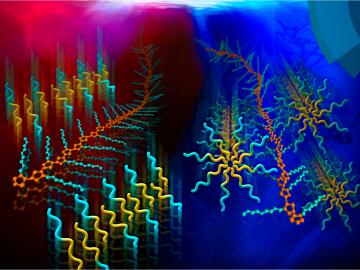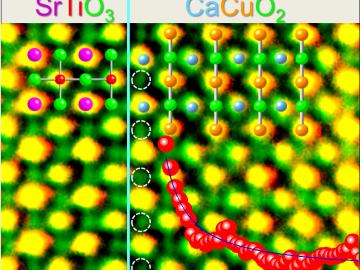
Filter News
Area of Research
- Advanced Manufacturing (3)
- Biological Systems (3)
- Biology and Soft Matter (1)
- Building Technologies (2)
- Chemical and Engineering Materials (1)
- Chemistry and Physics at Interfaces (6)
- Clean Energy (28)
- Computational Chemistry (1)
- Energy Frontier Research Centers (7)
- Functional Materials for Energy (6)
- Fusion Energy (1)
- Geographic Information Science and Technology (2)
- Isotope Development and Production (1)
- Materials (33)
- Materials Synthesis from Atoms to Systems (5)
- Materials Under Extremes (6)
- Neutron Science (7)
- Nuclear Science and Technology (4)
- Quantum Condensed Matter (2)
- Reactor Technology (1)
- Supercomputing (12)
- Transportation Systems (2)
News Type
Date
Media Contacts

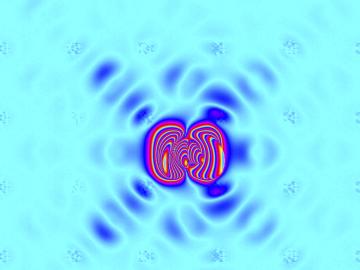
Engines, laptops and power plants generate waste heat. Thermoelectric materials, which convert temperature gradients to electricity and vice versa, can recover some of that heat and improve energy efficiency. A team of scientists at the Department of Energy’s Oak Ridg...
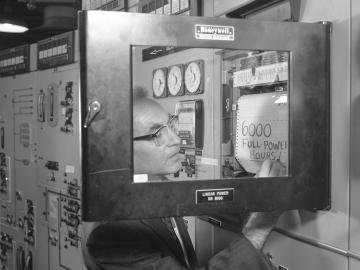
The Molten Salt Reactor Experiment (MSRE), which ran a brief four years in the 1960s but earned an enduring legacy as an innovative reactor technology concept, this year marks a half century since its June 1965 startup. A workshop on molten salt reactor technologies, "From the ...

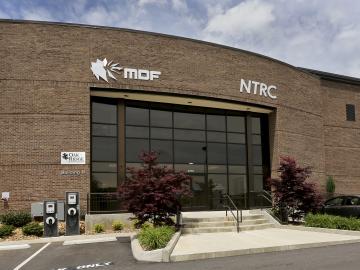
The Department of Energy's Oak Ridge National Laboratory and Strangpresse LLC of Youngstown, Ohio, have signed a non-exclusive licensing agreement on a portfolio of ORNL patents related to large-scale additive manufacturing. ORNL is leading advances in the productio...

The Department of Energy's Oak Ridge National Laboratory and Strangpresse LLC of Youngstown, Ohio, have signed a non-exclusive licensing agreement on a portfolio of ORNL patents related to large-scale additive manufacturing. ORNL is leading advances in the productio...


Quasiparticles—excitations that behave collectively like particles—are central to energy applications but can be difficult to detect. Recently, however, researchers have seen evidence of quasiparticles called negative trions forming and fading in a layer of semiconducting mate...
